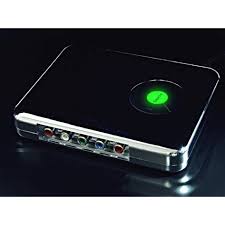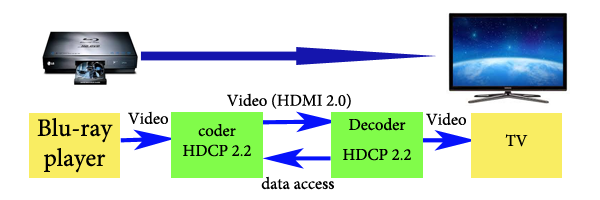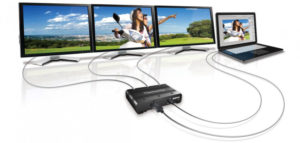HDCP, what's in the monitor?
 Abbreviations like HDCP confuse ordinary people who do not understand high technologies. HDCP (High-Bandwidth Digital Content Protection) is a security protocol used for data transmission. Simply put, this is complete protection of user information from copying, which uses multi-stage access. It was presented by Intel Corporation, the largest manufacturer of electronic equipment and components.
Abbreviations like HDCP confuse ordinary people who do not understand high technologies. HDCP (High-Bandwidth Digital Content Protection) is a security protocol used for data transmission. Simply put, this is complete protection of user information from copying, which uses multi-stage access. It was presented by Intel Corporation, the largest manufacturer of electronic equipment and components.
HDCP in the monitor protects data from unauthorized access. In simple terms, the transmission and output of all video data to the screen field is carried out using a certain set of keys. They also encrypt the transmitted information, preventing accidental data leakage.
The content of the article
HDCP Description
HDCP Objectives
The main goal is to prevent the transmission of unencrypted data. For this purpose, the protocol is additionally equipped with three systems:
- Authentication. All devices are registered on the network, preventing other devices from connecting and accessing the content. For example, if a TV and a computer are connected, then another TV receiver cannot be connected without prior approval.
- Encryption of all transmitted data. Copying, signal catching (even accidental) is excluded, and other functions are performed.
- Cancellation of keys. This method of protection also allows you to stop and block the transfer of specific content to devices that have not received a license to use the technology.
A standard device contains a minimum of 56 keys.When connecting (authentication), the TV and receiver exchange these secret keys, accumulating them. The security protocol is designed so that these encryption keys are random for each device and are generated during transmission. However, they accumulate, unlike new technology.
HDCP performs encryption using an analog stream, which is supplied in a randomly encrypted form. The 24-bit number is generated randomly; the algorithm includes a key change in advance, which only increases the protection against data copying. They change with every frame change.
HDCP Application
Of course, the main area of use will be devices that support high-quality video and audio streams. These include all modern TV models. In addition, it can be used for a personal computer and even a laptop. However, the technical characteristics of the device should be taken into account. For example, there are two main factors - video card support and the availability of software on the computer.
What happens if the device does not accept HDCP?
Many users in the modern world think about protecting information. That’s why they are studying such ways to protect themselves and materials. However, their devices may not be compatible with HDCP since it is one of the relatively new developments.
Unfortunately, there is no way to fix this problem. A simple example - a blu-ray player with protocol support and a TV without protocol support will display the following options when connected:
- no image;
- the picture will be greatly distorted;
- warning notice regarding non-conforming equipment.
To apply the protocol, you ultimately need to have both a transmitter and a receiver. They are different from each other.Transmitters include playback devices - players, video cards, computers. And to the receivers - a TV and a monitor - image output devices. The protocol will only work if support is provided on both devices.
You can find out whether a device supports this technology quite simply: by checking the technical documentation. If you couldn’t find it in the parameters, you need to turn to an Internet search. But the easiest way to determine whether a data security protocol is supported is to look for a special sticker. The HD ready logo is usually placed on all new devices. If it exists, then the technology is supported under license.





